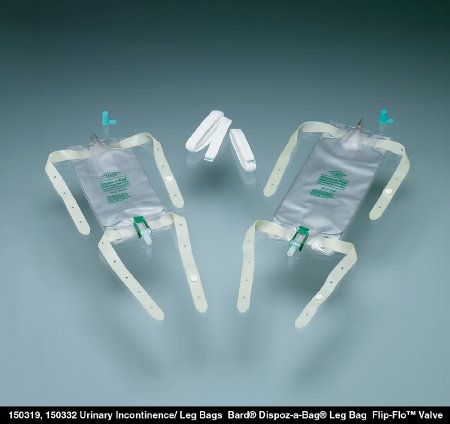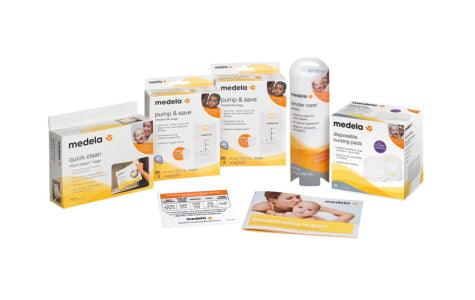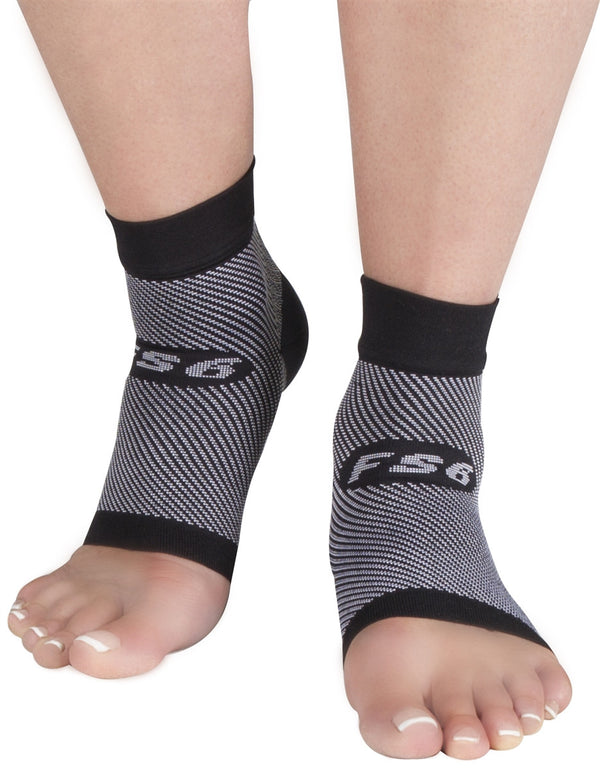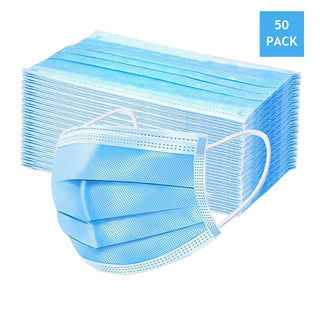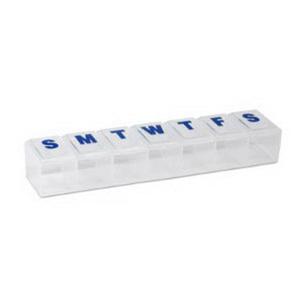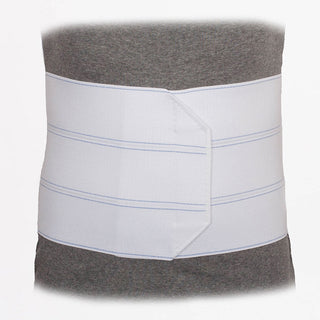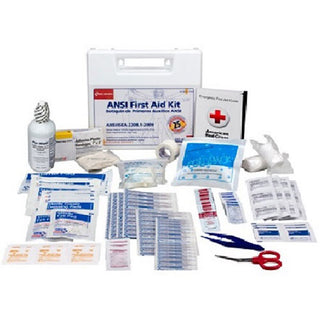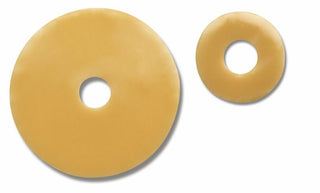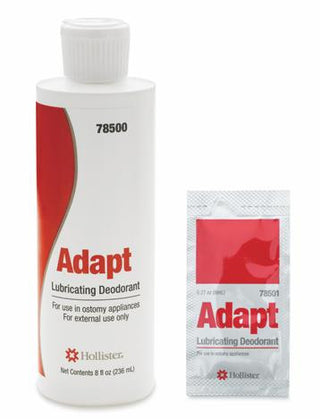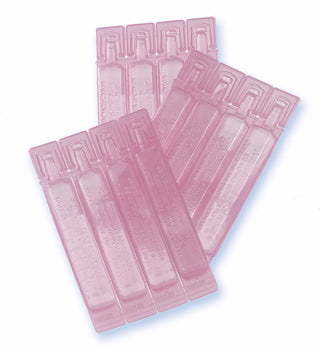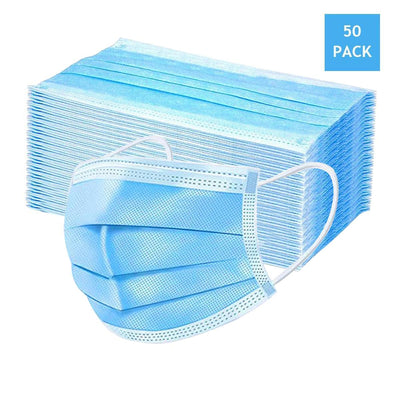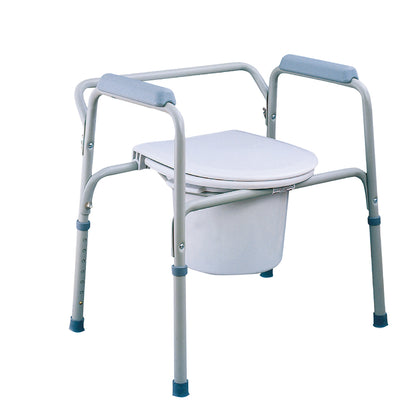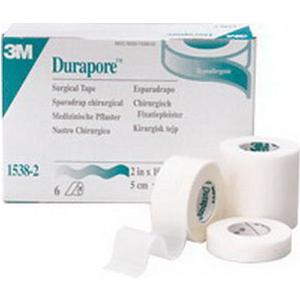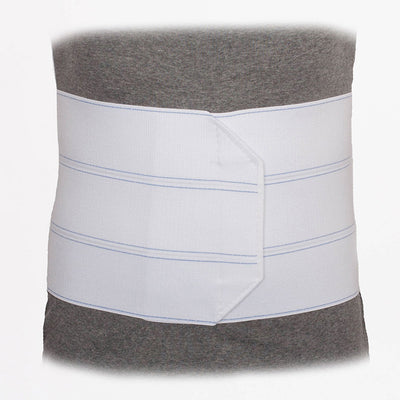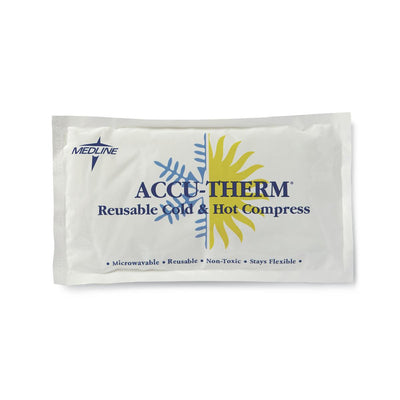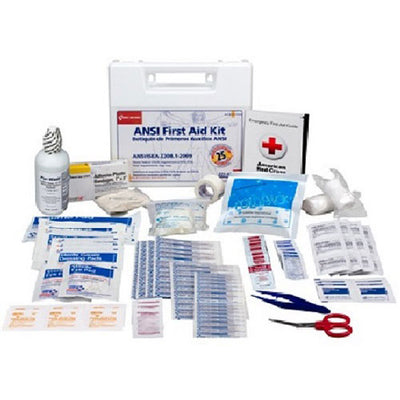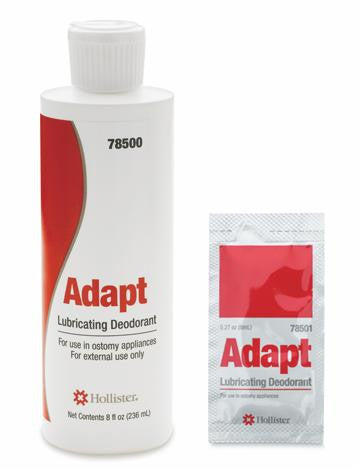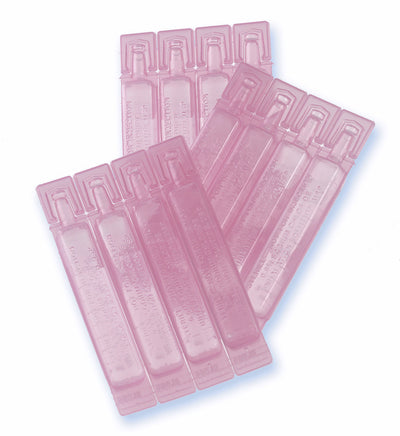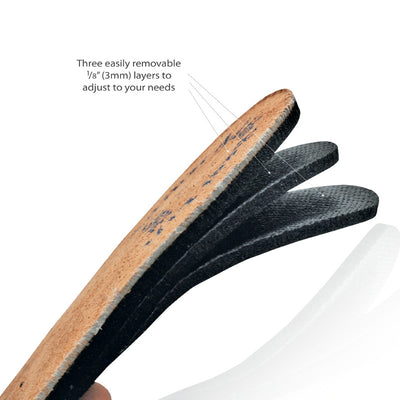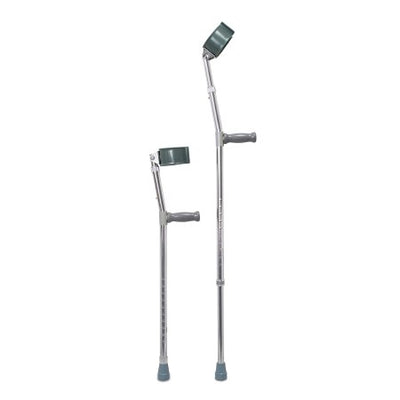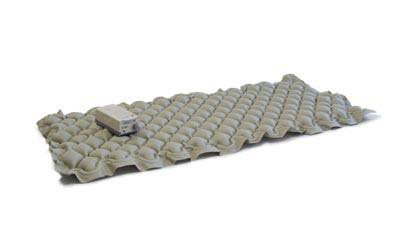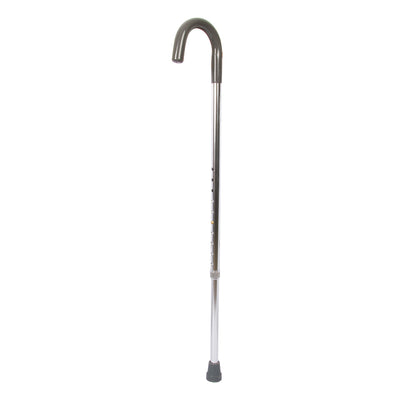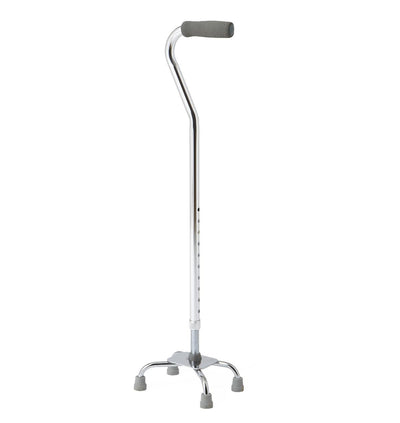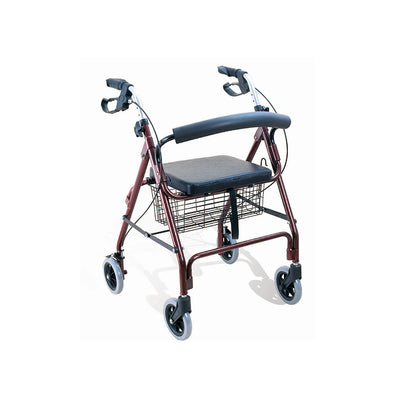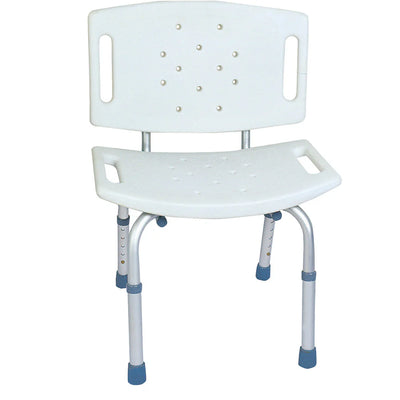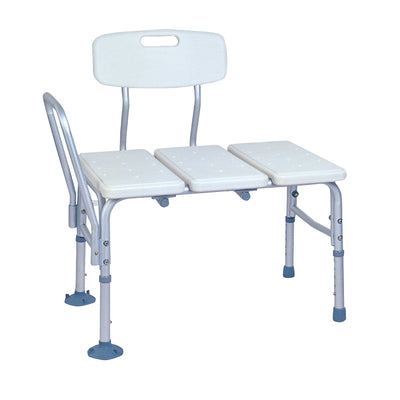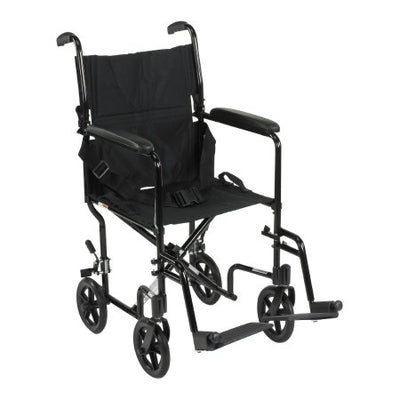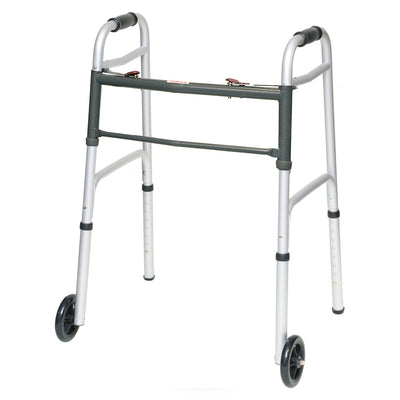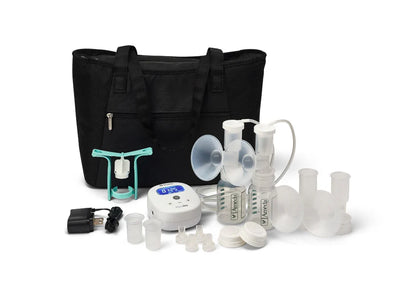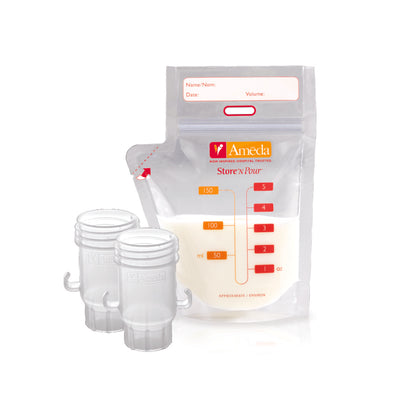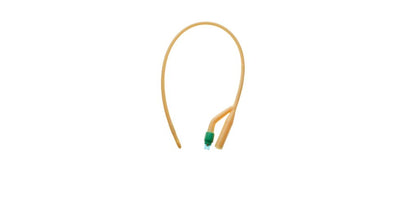For more than 3,500 years, urinary catheters have been used to drain urine from the bladder when it fails to empty on its own. It is an ancient practice that is still used to this day. In fact, between 15 and 25% of hospitalized patients use urinary catheters during their stay at the hospital.
What exactly is a catheter?
A urinary catheter is a hollow, partially flexible tube that drains urine from the bladder. They come in a variety of sizes and are usually made of silicone, latex, plastic, or rubber. The catheter leads to a drain bag that collects and stores the urine.
Types of Catheters and Other Urological Supplies
-
Intermittent Straight Catheter: These intermittent catheters have a straight tip and are available in lengths of 16 inches or 10 inches. An intermittent catheter is used to empty the bladder at regular intervals.
-
Intermittent Coude Tip Catheter: This catheter is the same as the one mentioned above, but it has a coude tip instead of a straight tip.
-
Hydrophilic Intermittent Catheter: This intermittent catheter is coated with a lubricant and water.
-
Closed System Catheter: This is also an intermittent catheter, but it comes inside a pouch to avoid being touched by hands during catheterization.
-
Indwelling Catheter: Also known as a Foley Catheter, this type stays inside the bladder to allow constant drainage.
-
External Male Urinary Catheter: Male external catheters, also known as Condom or Texas Catheters, act as a sheath to direct leakage into external drain bags.
-
Drain Bag: The drainage bag collects the urine. It is attached to the catheter tube inside the bladder. When the drain bag is attached to the leg, it is called a leg bag. The bag should be emptied when it is half full, or at least twice a day. Doctors recommend that a patient should clean their leg bag every day and replace it once a month.
The use of catheters is quite common. In 2008, the worldwide market for urinary continence care devices and urological supplies of all kinds -- mainly catheters and pads -- was estimated to be $1.8 billion per year.
If you have any questions, feel free to post in the comments section below.








